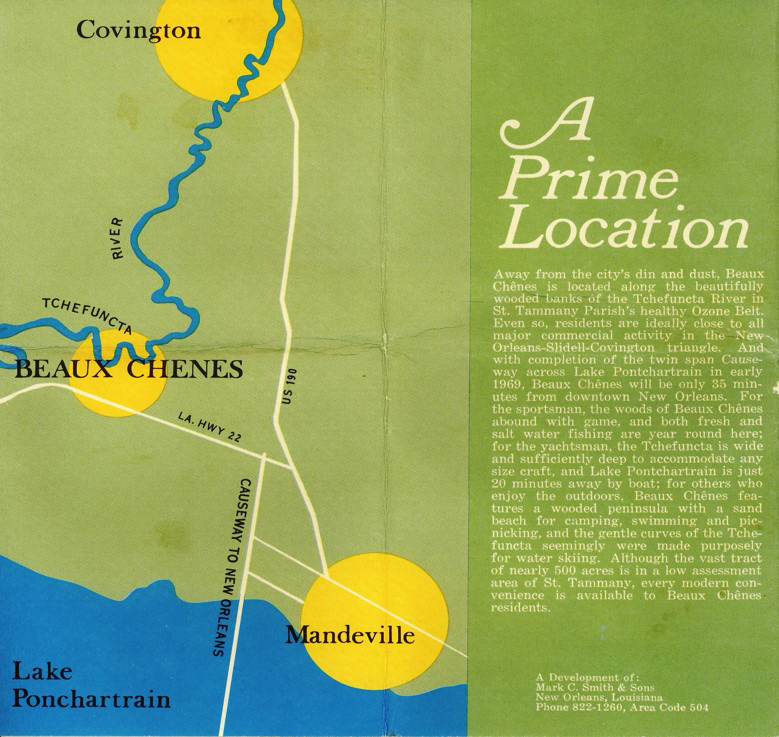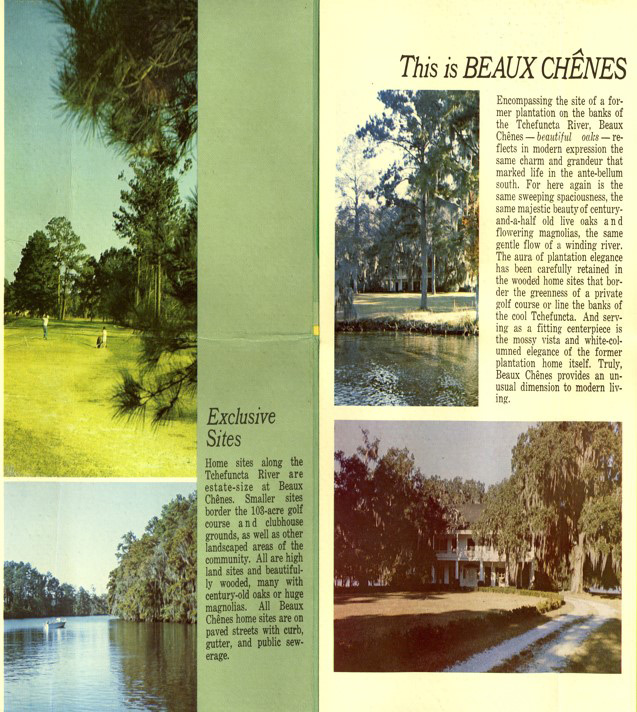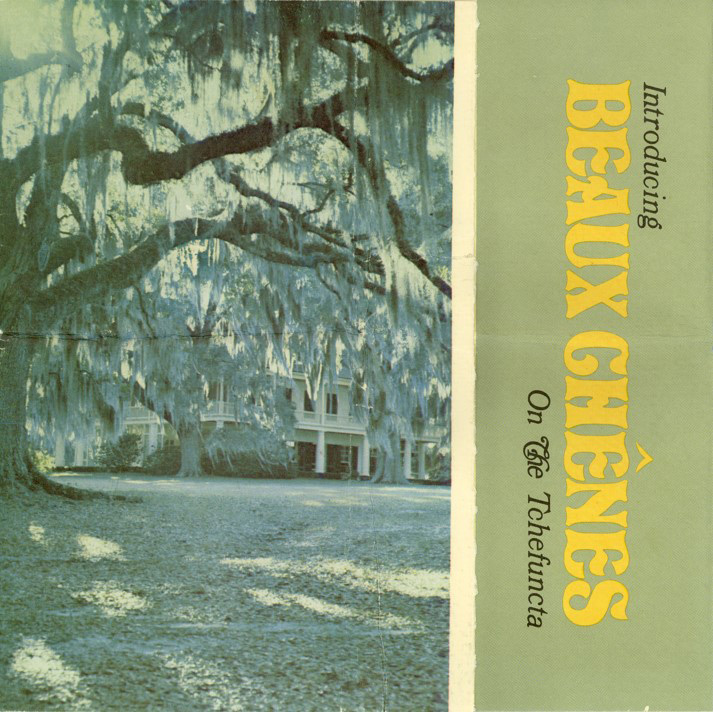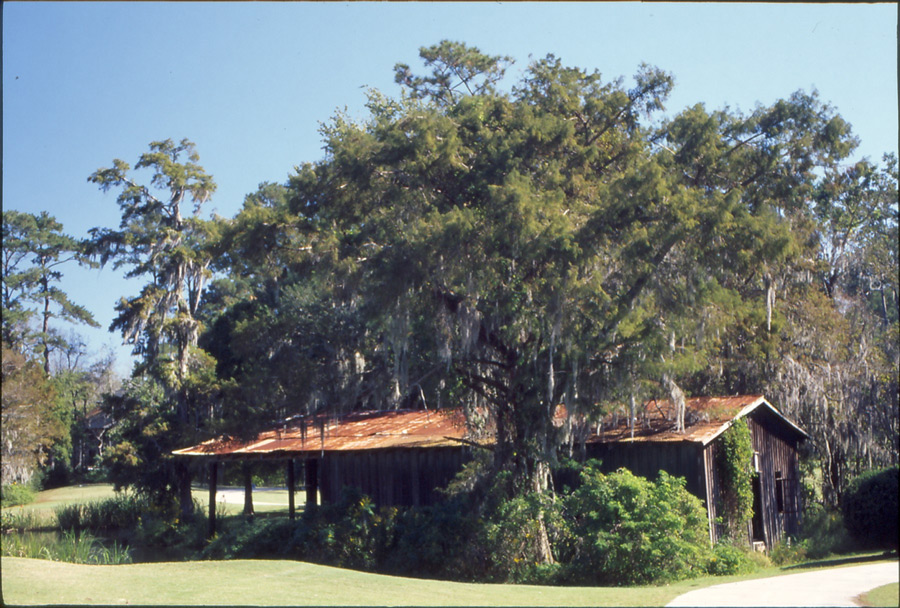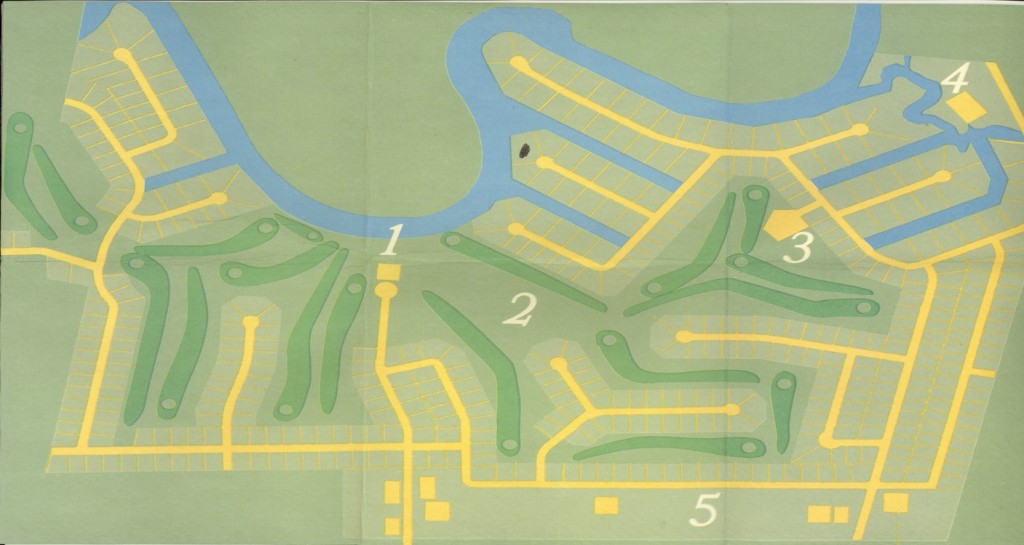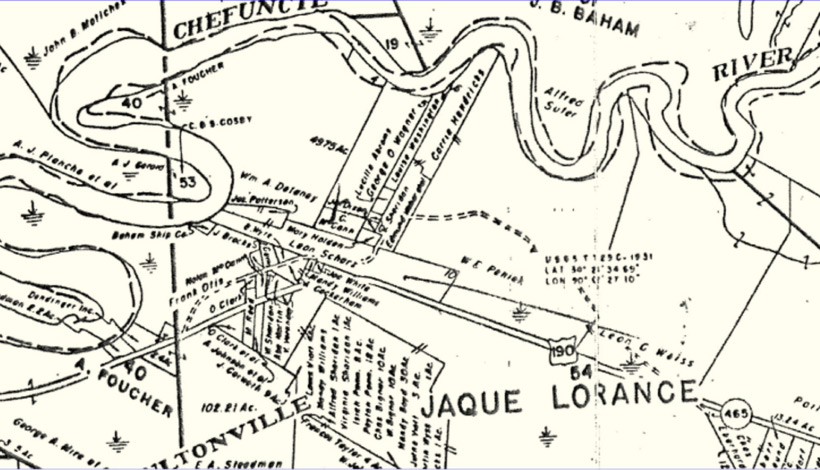
History of the Area
Beau Chêne shares with the surrounding area a rich and diverse history. Discovered by the French explorers Bienville and Iberville in 1699, the land was occupied by the Colapissas and Choctaw Indians. It was not until the late eighteenth century that the area began to develop as a trading center and resort area. By the time President James Madison declared it part of the United States in 1810, the area had passed through the hands of the Indians, French, English, and Spanish, absorbing a part of the culture of each. The parish was named St. Tammany after the Indian Chief Tamenend, as a peace gesture.
In 1811, the town of Coquille, or Cokie Bank, was renamed Madisonville. Situated on the Tchefuncte River just two miles from its junction with Lake Pontchartrain, Madisonville was a shipbuilding center, and a depot for country produce destined for New Orleans. It was also the most advantageous place of landing for travelers between New Orleans and the great American wilderness from which the nation was beginning to emerge. Nearby Covington, a major trading center was served by the port of Madisonville. Sailing vessels plied their way from the lake and up the Tchefuncte past Madisonville and the site of Beau Chêne as far as Covington, and were replaced by regular steamboat service in the 1830s.
For nearly a century the area around Beau Chêne was regarded as a health and vacation resort, and the safest refuge against the plagues that came to New Orleans each summer with alarming regularity. The nearby town of Mandeville was established in 1834 by a New Orleans “bon vivant,” Juan Baham as such a refuge and as a place where his Creole friends could duel in the shade of the oaks.
The area’s economy was stagnant after the Civil War. However, late in the 1800s lake steamers, and later commuter trains, enabled development of the area. Eventually, bridges and highways spurned more development. With the construction of the 24-mile Lake Pontchartrain Causeway Bridge in 1957, development in western St. Tammany was even more encouraged. The Northshore area has continued to prosper, and in the last 25 years has been one of the fastest growing communities in the country.
A description of the Northshore from the 1800s is still accurate: “The land is high and dry, covered with beautiful forests of pine, oak, magnolia, beech, holly, and gum supplied with clear, pure artesian well water, and intersected by romantic roads and lanes.”

History of Beau Chêne
Beau Chêne is located on approximately 1,250 acres. Around 500 acres in the western portion of the community was made up of two old homesteads of the Penick and Weiss families.
The history of the Penick property dates back to the 1700s. About two miles from Madisonville on the east bank of the Tchefuncte River was a portion of land claimed by Charles Parent, the Spanish government’s commandant of the District of the Tchefuncte. However, in 1814, the U.S. government granted the land to Jacques Lorance, who had possessed it from 1804 to that time. The property included over 2,000 acres, a portion on which he operated a brickyard.
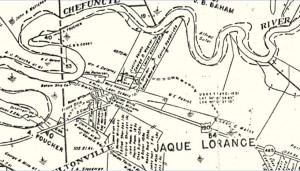
See larger version below.
Later, E.H. Samory owned the property, calling it the Oakland Stock Farm. By 1897, he decided to build a health resort called Pineland Park. It included cottages, a large Greek Revival building, a dining hall and a pavilion for entertaining. A steamboat named “New Camelia” brought people and supplies from New Orleans and the south shore of Lake Pontchartrain on Wednesdays and Sundays.
Pineland Park had a 1,500-acre farm and a resident physician. Available activities included boating, fishing, swimming and horse races. All of this was available for $1.50 daily, $10 weekly or $35 per month. A portion of the Beau Chêne Oak Golf Course is located where the racetrack was. The popularity of Pineland Park was short-lived. The railroad came and as a result lake trade and boat excursion business declined. Unfortunately, Samory soon was bankrupt.
A gentleman named Harrie Hayden bought Pineland in 1905. He had a 103-foot yacht built in Boston to carry guests to the resort. It was named the “Pineland”, captained by Joe Ballam of Madisonville.
Hayden eventually ceased to operate Pineland, and later moved into a home above a lumber mill. He operated the mill store and post office in Houton, an area west of Beau Chêne. In 1930, he sold the Pineland home and 10 acres to Frank Otis, who called it Fairview. Today, it is a museum adjacent to Fairview State Park, located one mile west from the Beau Chêne Marina gate.
In the 1930s, William Penick bought the deserted overgrown Pineland Park. Penick was a lawyer and the founder of the H.G. Hill grocery store, later bought by Winn-Dixie. Penick built a large colonial mansion which featured an alley of oaks from the house to the nearest road, and a double row of camellias going to the river. There was also a 3-hole golf course. The house was named “Beaux Chênes”—which means “beautiful oaks” in French. The house later served as the original Beau Chêne office, and is privately owned today. It is located on Plantation Drive.
Leon Weiss was the state architect under governors Huey Long and Dick Lesch. He designed the State Capitol. He built a large house with a swimming pool, an artesian well, and a pigeonnier, which is located at the end of Kiskatom Lane. An unusual home was later built (to sell) by Beau Chêne developer Morgan Earnest around the pigeonnier.
An old stable on the Weiss property was converted into a unique personal home by Lester Kabacoff, the other original Beau Chêne developer. This home is on Gloria’s Place and is privately owned today.
U.S. Senator Russell Long bought the land that had been the Weiss and Penick properties from Mark Smith, Jr. in the early 1970s. He later asked developers Morgan Earnest and Lester Kabacoff of New Orleans for advice regarding the property. These developers (Beau Chêne, Inc.) bought the property and began to develop Beau Chêne in 1974.
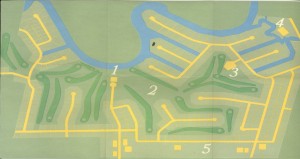 Desiring to build a gated, golf course community, the developers concluded more land was needed. So, the adjoining 750 acres belonging to the Irbin Pailet family was acquired in the 1980s. This property comprises roughly the middle and eastern portion of Beau Chêne.
Desiring to build a gated, golf course community, the developers concluded more land was needed. So, the adjoining 750 acres belonging to the Irbin Pailet family was acquired in the 1980s. This property comprises roughly the middle and eastern portion of Beau Chêne.
Much of Beau Chêne is built around 36 holes of golf and the Beau Chêne Country Club, which includes dining, swimming and tennis facilities. The Earnest Corporation owns and operates the Club separately form the Beau Chêne Homeowners Association.
Beau Chêne has grown from a community of 73 property owners represented at the first Annual Meeting of the Homeowners Association in 1975, to 1,551 property owners. There are around 17 miles of streets with single family homes, condominiums, boathouses, town homes and a few single-family lots within the community. Beau Chêne includes Marina Beau Chêne, developed by John Lauricella, Jr. and Franks Renaudin on 125 acres. Marina Beau Chêne, including a 140-slip marina privately owned, became a part of Beau Chêne in 1979. Marina Beau Chêne II, with 20 single-family lots, was developed in 1993 by the Earnest Corporation and more recently Marina Beau Chene sections III and IV were developed by Jay Ploue and Buddy Coate.




